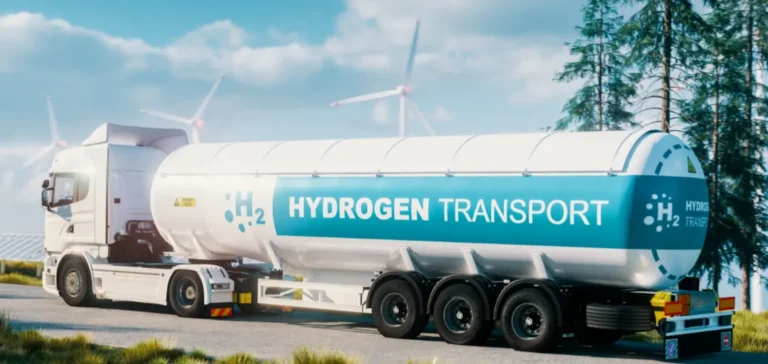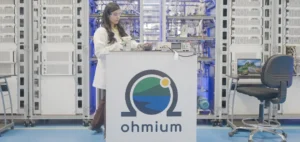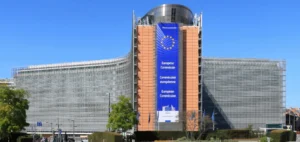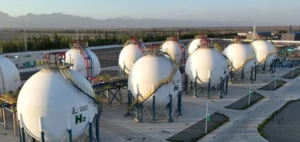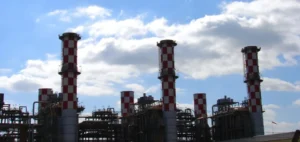The European ROAD TRHYP project, led by Air Liquide with the participation of SEGULA Technologies, aims to overhaul hydrogen transport logistics. Funded by the Clean Hydrogen Joint Undertaking programme and supported by the European Union, the initiative targets a significant reduction in the number of trips required, associated emissions, and operational costs for transporting compressed hydrogen.
Storage optimisation to reduce journeys
SEGULA Technologies has developed a new assembly architecture for hydrogen gas tubes within Multiple Element Gas Containers (MEGCs). This approach improves mechanical integration and storage density, enabling more hydrogen to be transported per vehicle. Project estimates suggest this innovation could cut transport trips by up to 38% over a 500 km distance, with a 28% reduction in carbon dioxide emissions.
Modular containers for greater flexibility
A second innovation introduced by the project is a modular container architecture. Designed to adapt to the varying logistical needs of distribution sites, the configuration increases payload capacity while easing maintenance. The use of advanced materials is expected to lower storage costs to EUR400/kg ($423/kg), compared to EUR650–700/kg ($688–741/kg) for existing technologies. By supplying hydrogen at 700 bar, the system also reduces compressor size and operating time, helping to minimise on-site infrastructure.
Enhanced safety for hydrogen transport
As the trailer design lead, SEGULA Technologies is developing a safety system with integrated valves and controlled ventilation. This system aims to maintain consistent safety during high-pressure transport. Fire resistance tests for 700-bar cylinders are scheduled for early 2026. In parallel, failure scenarios are being modelled to identify mitigation barriers and ensure system reliability under real-world conditions.
Market launch targeted by 2030
The innovations developed under ROAD TRHYP have been recognised by the European Commission and included in the Innovation Radar, a platform designed to accelerate the industrial uptake of EU-funded projects. The selection reflects both the technological relevance and industrial value of ROAD TRHYP in the development of the European hydrogen value chain.
The project targets market deployment of the developed solutions by 2030.


